One of the hurdles any nonprofit organization faces is the issue of funding: ‘nonprofit’ is right there in the name, after all. But humanitarian aid, charity efforts, and social awareness campaigns all require funds to fully implement. The silent auction is one of the tools in your nonprofit funding toolbox, and in this article, we’re going to explore how to run a silent auction and put it to work for your organization.
1. Planning Your Silent Auction
Setting up a silent auction is a big task, so the first thing to do is get your auction planning team together. Recruit volunteers from within your organization first, and expand to include local volunteers from the area where you’ll be hosting the auction. Make sure to have a variety of different skills represented, including:
- Organizers – These are the people who put the nuts and bolts of the auction together. Responsibilities include: Selecting a venue; arranging item delivery and setup; managing auction logistics
- Communicators – For this role, you need people who are comfortable talking to donors in person, on the phone, and electronically, and who aren’t afraid to ask directly for donations. Responsibilities include: Securing donations of items and services from businesses and individuals; recruiting presenters or entertainment; promoting in print media
- Socializers – Socializers need to be good with people too, but where communicators are about getting down to brass tacks, socializers are the ones who keep conversation flowing. Responsibilities include: Staffing the auction; chatting with attendees; promoting the silent auction through word-of-mouth and social media
2. Selecting an Auction Venue
With your planning team assembled, the next thing to determine is where to hold your silent auction. This should happen alongside donation collection: knowing how many items will be auctioned gives you an idea of how much space you’ll need to display them all. Too much room, and the auction feels sparse and underwhelming; too little room, and auction lots are crowded together, making it hard for bidders to navigate and reducing the apparent value of the items.
The venue also affects the silent auction’s atmosphere. A local benefit auction open to all may do well in a school auditorium or public library, emphasizing the connection between the organization and the community. If you’re hosting a ticketed, high-society silent auction, you’ll want a fancy venue to match, such as a banquet hall or conference center.
3. Collecting Donations for the Auction
In this step, it’s time to focus on the main event: the items that will be up for auction. Contact local businesses and restaurants and ask if they have goods or services they would like to offer up for auction for your nonprofit organization. Many small business owners will be happy to do so, both to support a good cause, and because these donations can serve as good publicity. Reach out to freelance creatives in your area, through sites like Etsy and Artfire. Some may be interested in making crafts or commissioning art and poetry for your silent auction. And of course, ask the members of your organization if they have any special contributions of their own.
Some larger corporations have systems in place to make donations for use in fundraising auctions. See our Giant List of Corporate Donations to find out if any are in your area.
When possible, prioritize the unique and the personalized over items with a measurable retail value. For instance, encourage a participating restaurant to offer a voucher for “a three-course dinner for two” rather than a $50 gift card. Items with definitive values leave the bidders either feeling like they’re getting something for a steal or deliberately overpaying out of charity, neither of which creates the best atmosphere for fundraising. The best silent auction items are ones that can’t be price-checked, and to which the bidders can assign their own value.
Keep in mind the purpose of your nonprofit organization when acquiring items, and be on the lookout for thematic synergy. If your organization is dedicated to wildlife preservation, animal-themed art and craftworks might resonate with the bidders, as well as provide opportunities for raising awareness. But watch out for the opposite effect as well. Fine dining opportunities may be in poor taste (so to speak) at a benefit to raise funds for famine relief.
Don’t let your auction items outnumber your bidders, or they will feel overwhelmed and less likely to compete in bidding. Shoot for around half as many items as the number of attendees you anticipate.
4. Promoting Your Silent Auction
You can’t have a silent auction without items to bid on, but you also can’t have a silent auction without people to do the bidding! There are several different ways to promote a silent auction, so mix and match to fit your organization’s needs and resources:
- Newsletters and email blasts – If your nonprofit has a mailing group, they’re a key way to reach potential attendees who are already invested in your cause. Make sure they know about the silent auction if they live in your area.
- Physical promotion – When a local business contributes to your auction, ask if you can put up a flyer for the auction in their establishment as well. It’s reciprocal marketing: they raise the profile of your auction, and your auction raises the profile of their business.
- Social media – Post about the auction on your official social media channels, but encourage your volunteers and donation partners to get the word out as well. In the digital age, word-of-mouth is supreme.
5. Presentations and Entertainment
The bidding in a silent auction is silent, but the entire auction doesn’t have to be. Auction attendees should have a reason to stick around for the duration besides keeping an eye on their bids. To facilitate this, implement some light programming to shake up the event.
Tailor the programming to your audience. If the people attending the auction will primarily be members of your nonprofit organization and close supporters, invite speakers to give short presentations on new developments or innovations in your field. For an auction that draws a more general crowd, schedule entertainment with a wider appeal: live music from local bands, routines from stand-up comedians, talks from podcasters with established followings. Make sure the content and the entertainers’ public views don’t conflict with your organization’s mission.
Presentations should be short: ten to fifteen minutes long, with breaks of comparable or slightly longer length in between to give people ample opportunity to bid on items. Your keynote speaker or entertainment with the largest draw can run longer, and should be scheduled after bidding has closed, giving staff time to gather bid sheets and prepare items for collection.
6. Setting Up the Auction
As the day of the auction approaches, it’s time to begin dealing with the logistics of silent auction set-up. Here’s what to take care of during this stage:
- Receiving physical items – Many of the auction items can be received at the time they are secured, depending on your storage capacity. Perishable items, such as food or plants, may need to be brought to the auction site on the day of the auction. With vouchers and certificates for services, include a pictorial representation to improve the aesthetics and provide a more tangible value.
- Preparing registration – Set up a registration station at the door. Collect contact information from attendees and provide them with a bidder number they can enter on the bid sheets. This makes the silent auction more secure (less personally identifiable information left in public) and makes it easier for attendees to bid. A bidder number is easier to read than a signature (and harder to mispronounce when summoning winners to receive their items).
- Arranging the auction – Let every item up for auction have room to breathe. Packing the items close together gives off the vibe of a flea market or rummage sale and lowers perceived value. Arrange the auction by price range, and by item type. Bidders will naturally gravitate toward lots that interest them, and will find more things to bid on with proper organization.
- Preparing bid sheets – The bid sheet should include a lot number, a name and description of the item, and the name of the individual or business who donated it. Set a minimum bid on each item’s bid sheet, from around one third to one half of the donor’s estimated item value. Set minimum bid increments at a fraction of the minimum bid. If you like, you can prefill the sheet with incremental bids so that bidders only have to enter their name or bidder number on the sheet. Leave plenty of room at the bottom of the sheet or on another page for the most competitive bidding wars to escalate. (Example: A donor estimates the value of a private piano lesson at $100. You might set the initial bid at $40, and further increments at $5 each.)
7. Managing the Auction
During the auction itself, there are several things you and your team can do to keep things running smoothly and generate healthy bidding. In between presentations and entertainment, use the available sound system to highlight overlooked auction items that may have escaped the notice of your attendees, or bring attention to exciting bidding wars. These live updates make the silent auction more dynamic, and will inspire bidders to look for hidden gems or be drawn into the competitive bidding for the most sought-after lots.
Provide light refreshment: cookies, pastries, finger sandwiches. These snacks should tide over people’s appetites, but not fully sate them. You want attendees to feel indulgent, but also left craving something more—a craving that translates into more enthusiastic bidding.
Your socializers should be on hand at the auction floor, giving bidders space, but remaining on the lookout for anyone with questions or who seems to be losing interest and wants some conversation to pass the time. Each socializer should become familiar with one category of auction items and be able to answer questions about the donors and how the items in each lot were produced or sourced.
8. Closing the Auction
All good things must come to an end, and your silent auction is no exception. As you approach the auction’s close, give the bidders a ‘last call’ warning at ten and five minutes before the end of bidding. If the auction is large, close bidding in segments, announcing the end of bidding in each section in turn, from lowest to highest-value lots. The ticking clock lends excitement to the end of proceedings and encourages a few last-minute bids on the high-ticket items.
After bidding closes, have your volunteers collect all bid sheets. The volunteers will verify that the winning bids follow the minimum bid and bid increment rules, correlate bidder numbers with their name through registration, and combine all bid sheets won by the same bidder, so that they will only have to pay and collect items once.
For extra dramatic flair, you can announce the winners of the most competitive and most valued items, or all items, if your auction is small enough. Direct winners to where they can make payments and receive their items. Have multiple payment stations to avoid bottlenecks, and make sure your volunteers are trained in processing credit card payments and watching for incorrectly filled-out checks.
Decide beforehand how to handle situations where the person with the winning bid does not show up to pay and receive their item at the auction itself. You can choose to contact the winning bidder through their registration contact info, or offer the item to the next highest bidder. Just make sure the auction attendees know how you will be handling these situations, and whether they need to stay on hand for auction results or if they can be contacted later.
9. Thanking Donors and Bidders
If your silent auction was a big success, chances are you will want to hold another one in the future. Even if you don’t, showing thanks to the people who made it happen will foster goodwill and leave them with a positive attitude toward your nonprofit organization.
Write personalized thank-you letters for donors who provided items or services that were auctioned off. Let them know how much money their donation raised for your organization, especially if it exceeded their estimated value. Let them know how much their contribution made a difference.
Send thanks as well to those who bought items at the auction (assuming you received their email address through auction registration). Give them an idea of how the organization will put their funds to use–this gives them a tangible sense of making a difference to your cause.
And last but not least, thank all of the planners, phone-callers, donation-securers, and other volunteers that helped organize and run the silent auction. You may be calling on their aid again for the next auction.
With these 9 steps, you should have all the information you need on how to run a silent auction. Through silent auctions and other fundraising methods, you can make sure your nonprofit organization has the resources it requires.
.svg)


.svg)
.svg)
.svg)

.avif)

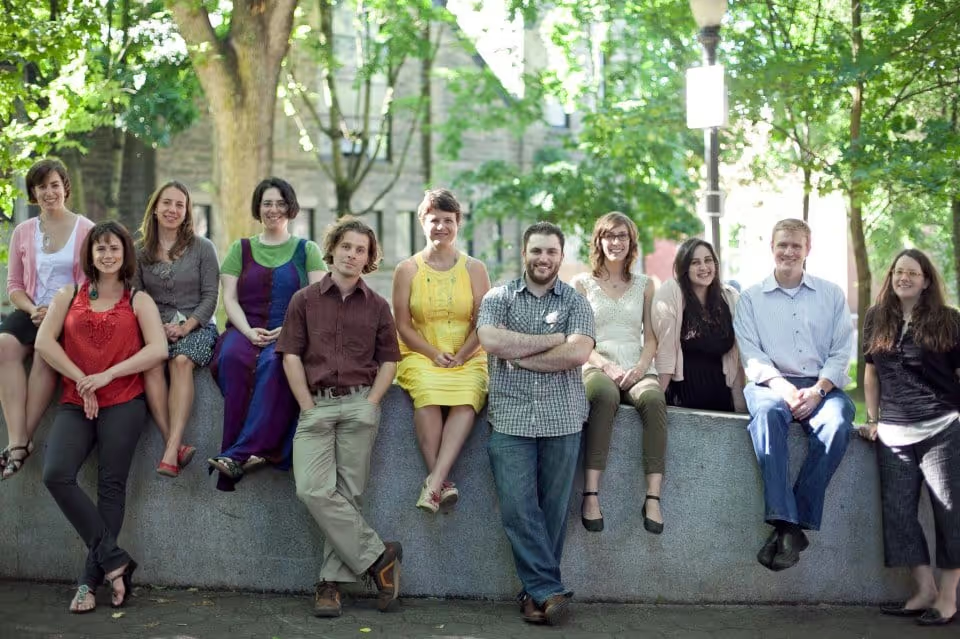









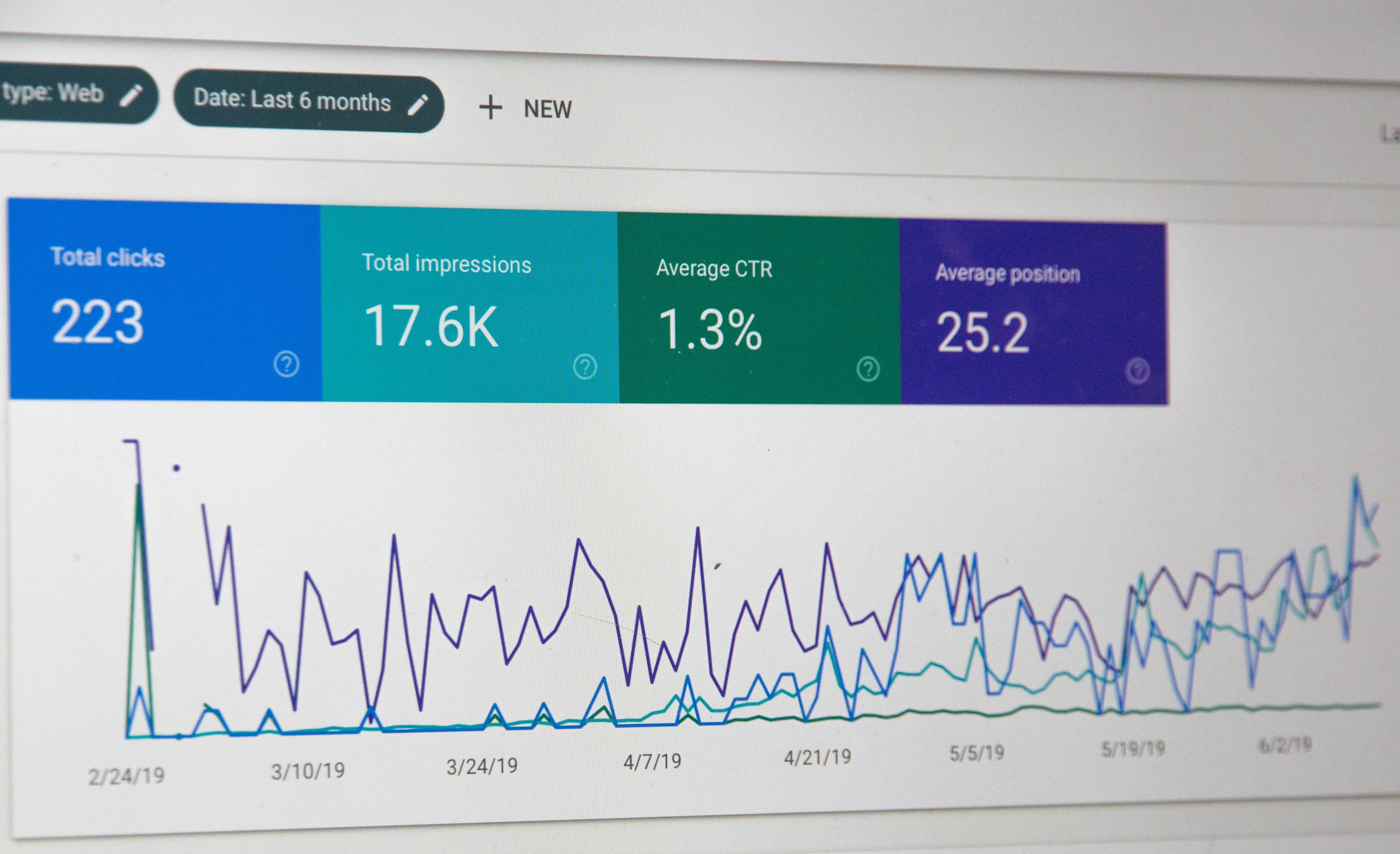


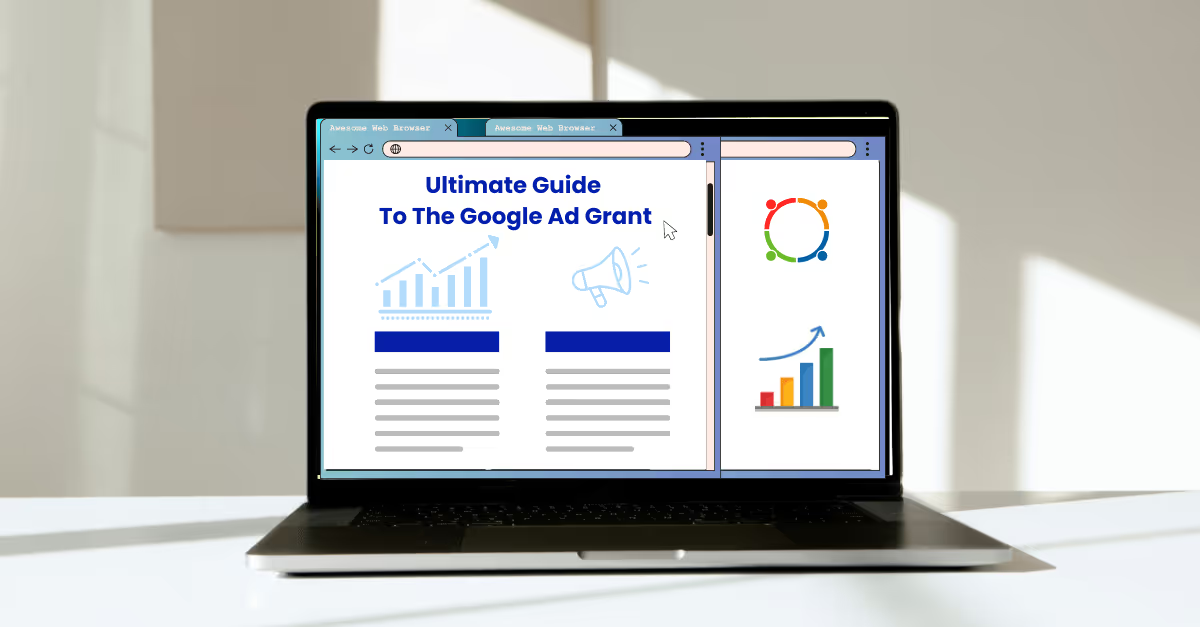







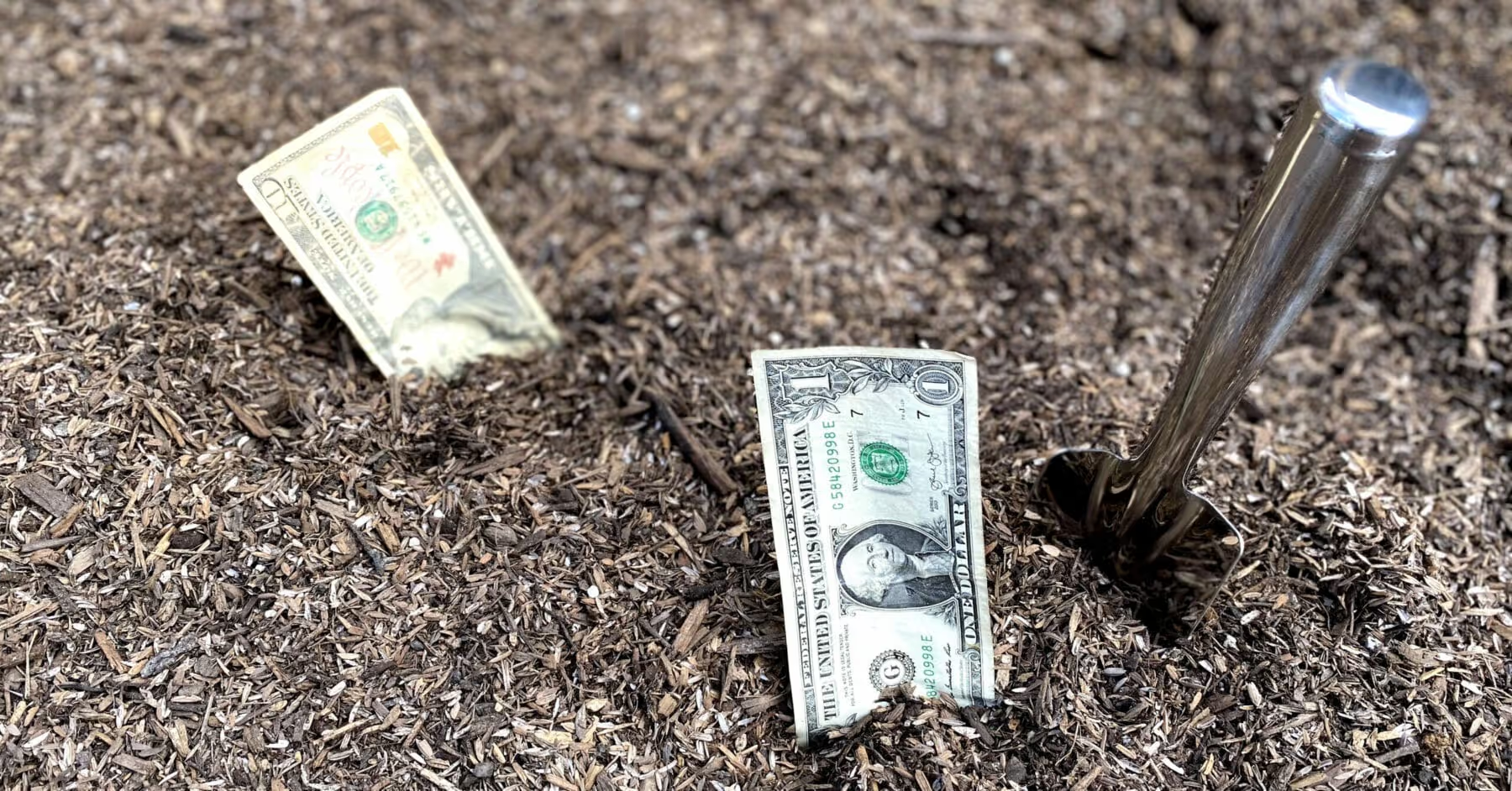

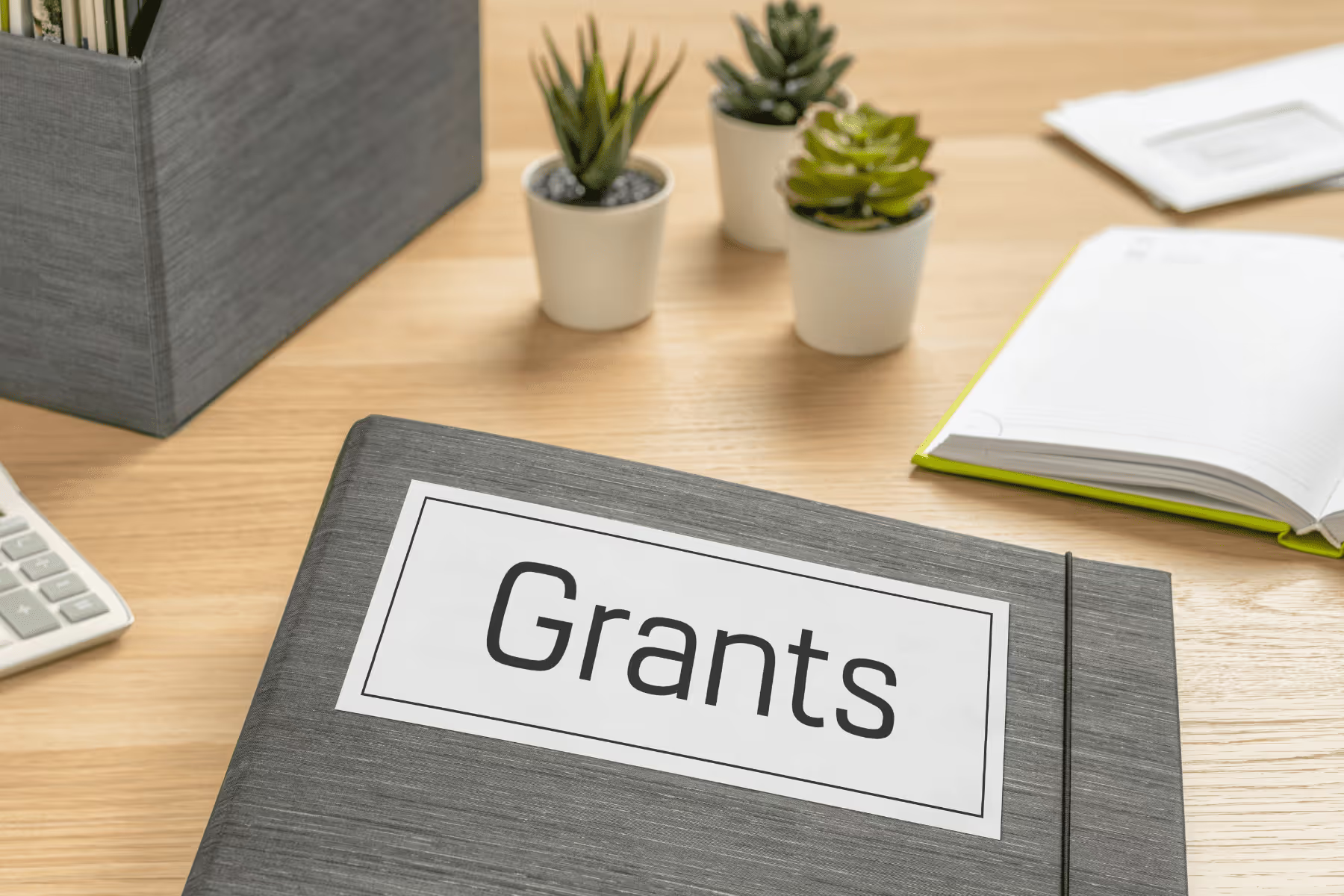
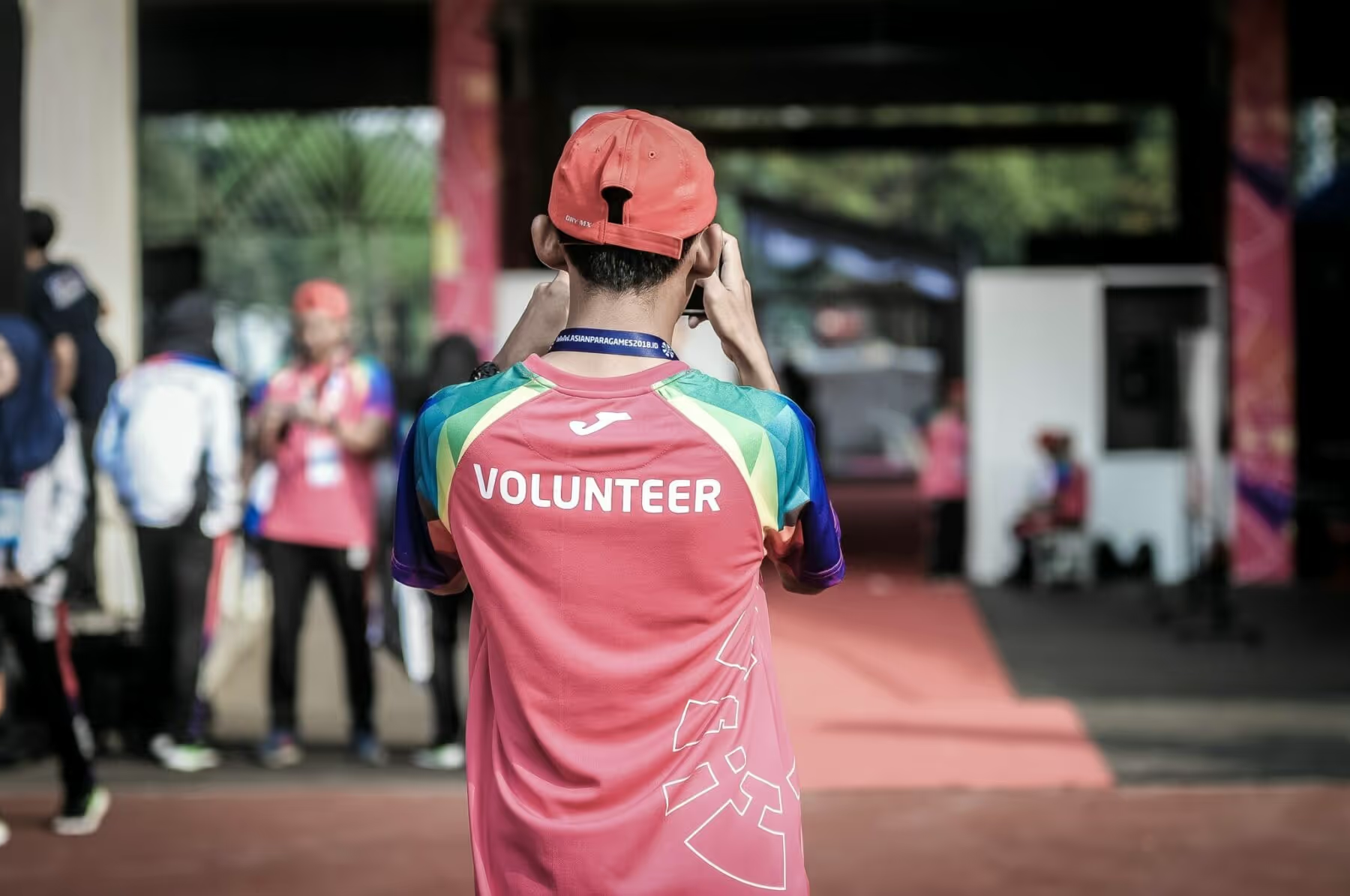


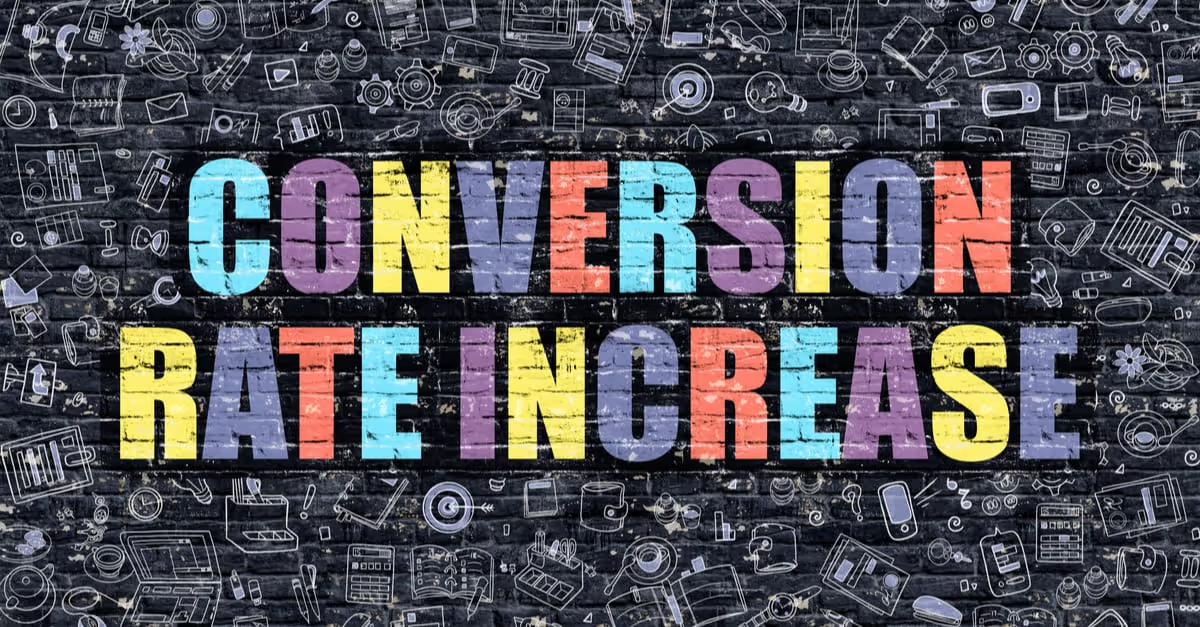

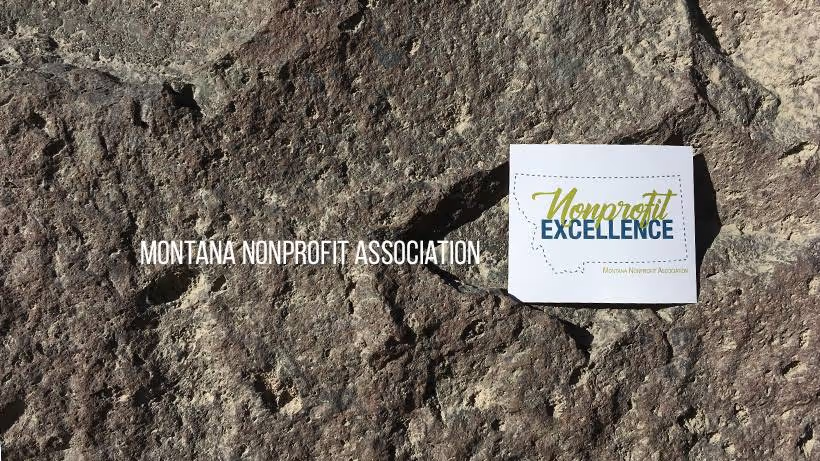


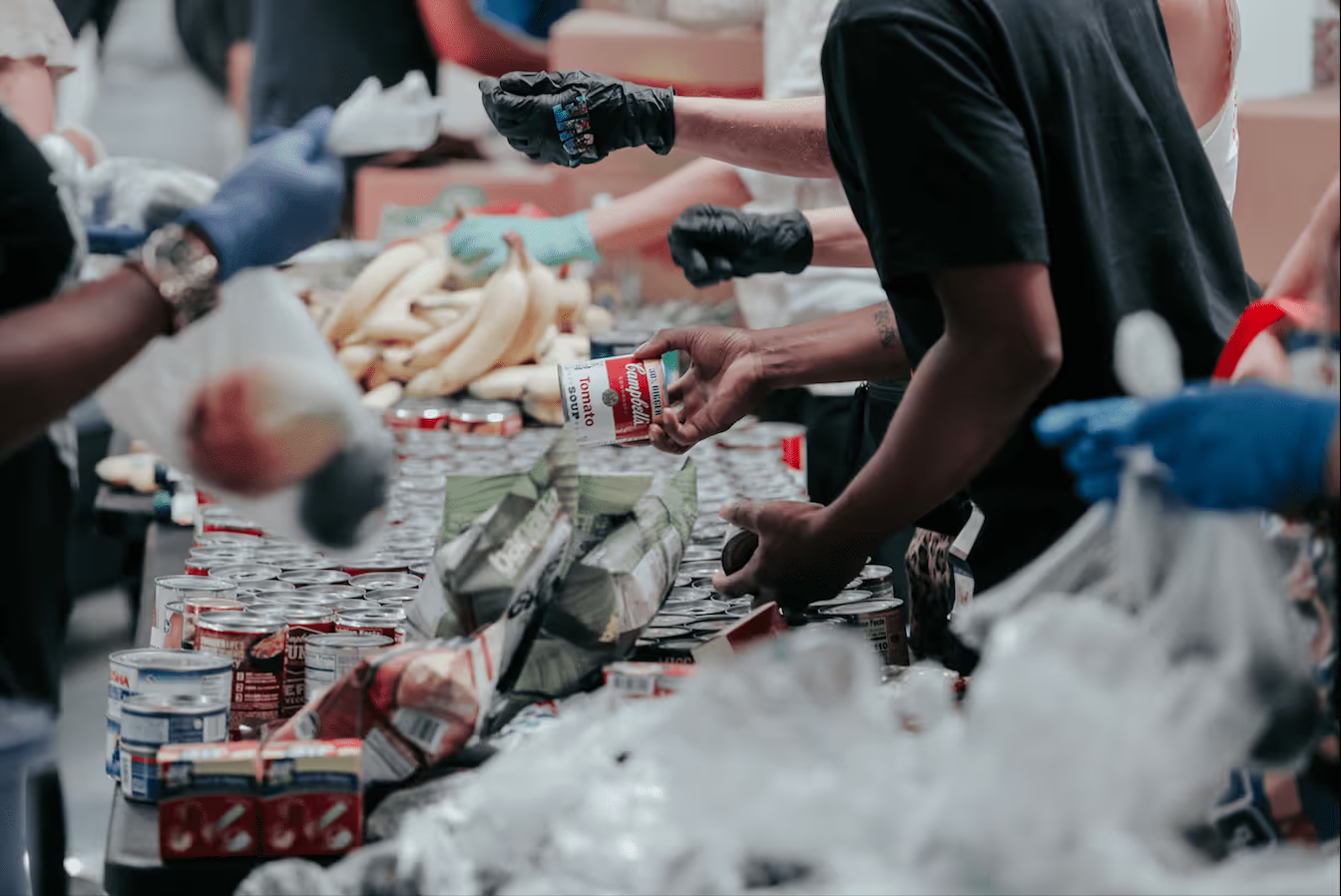


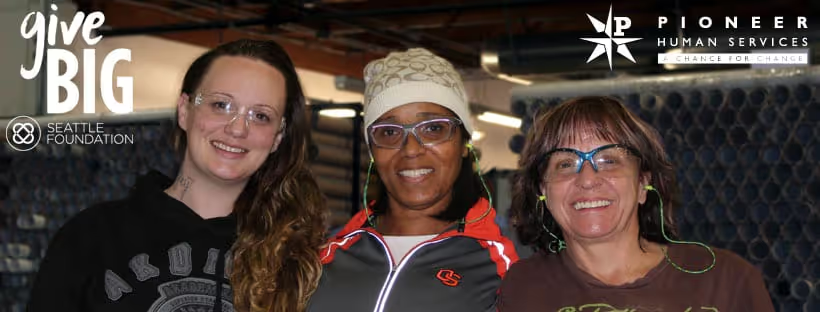

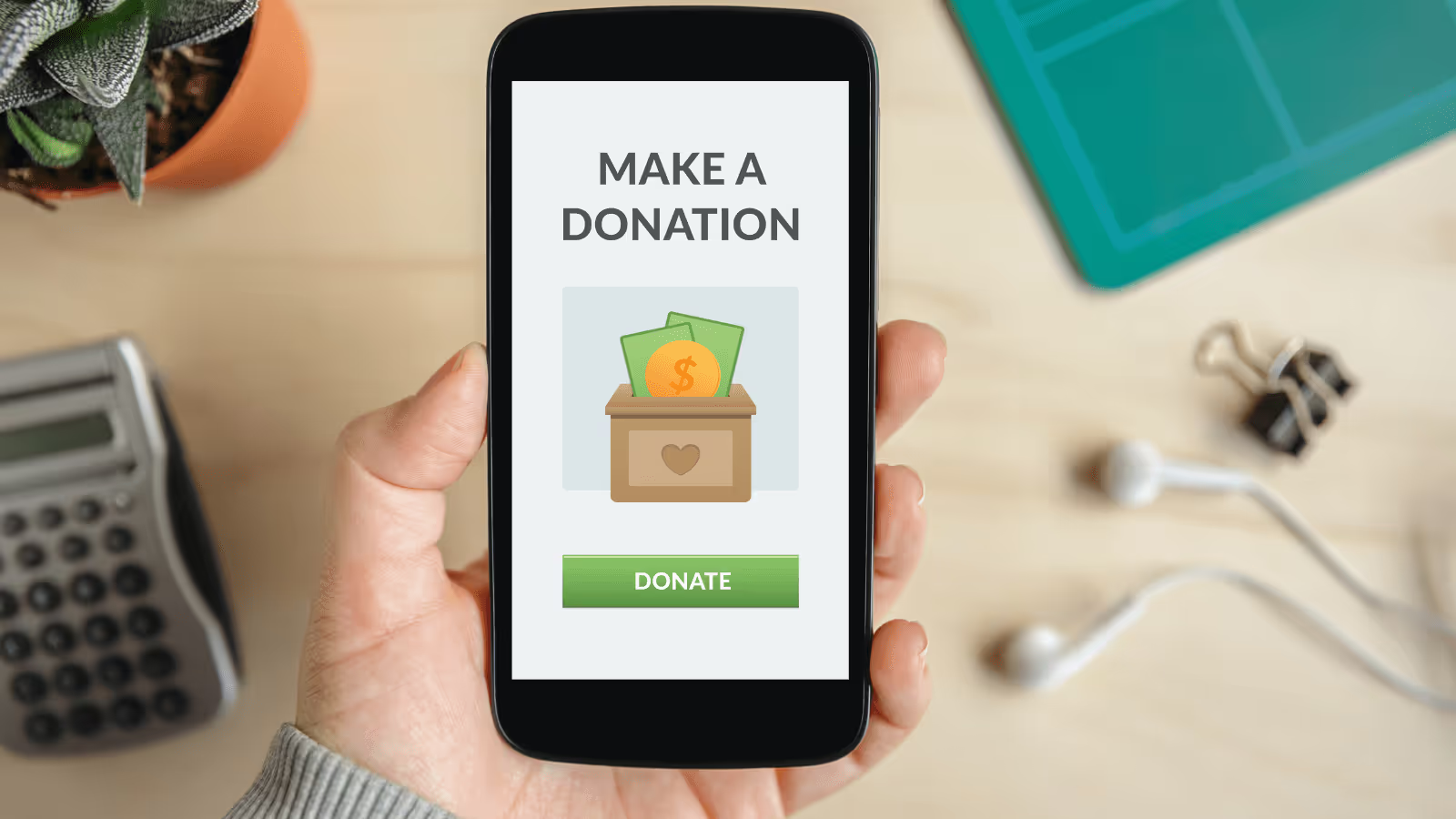




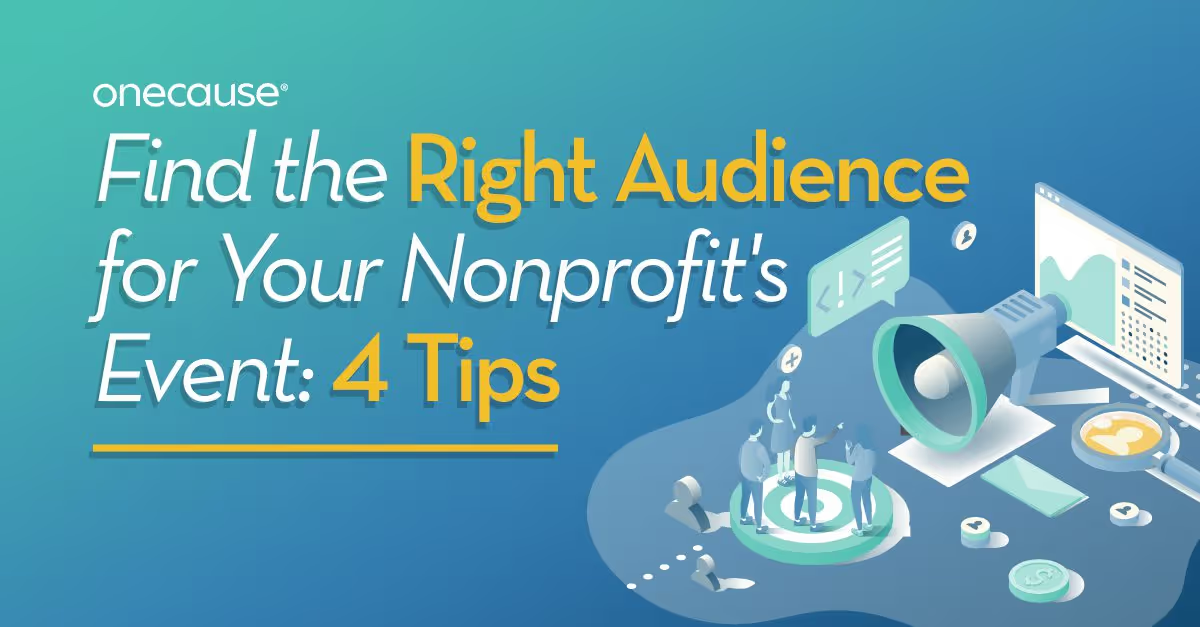









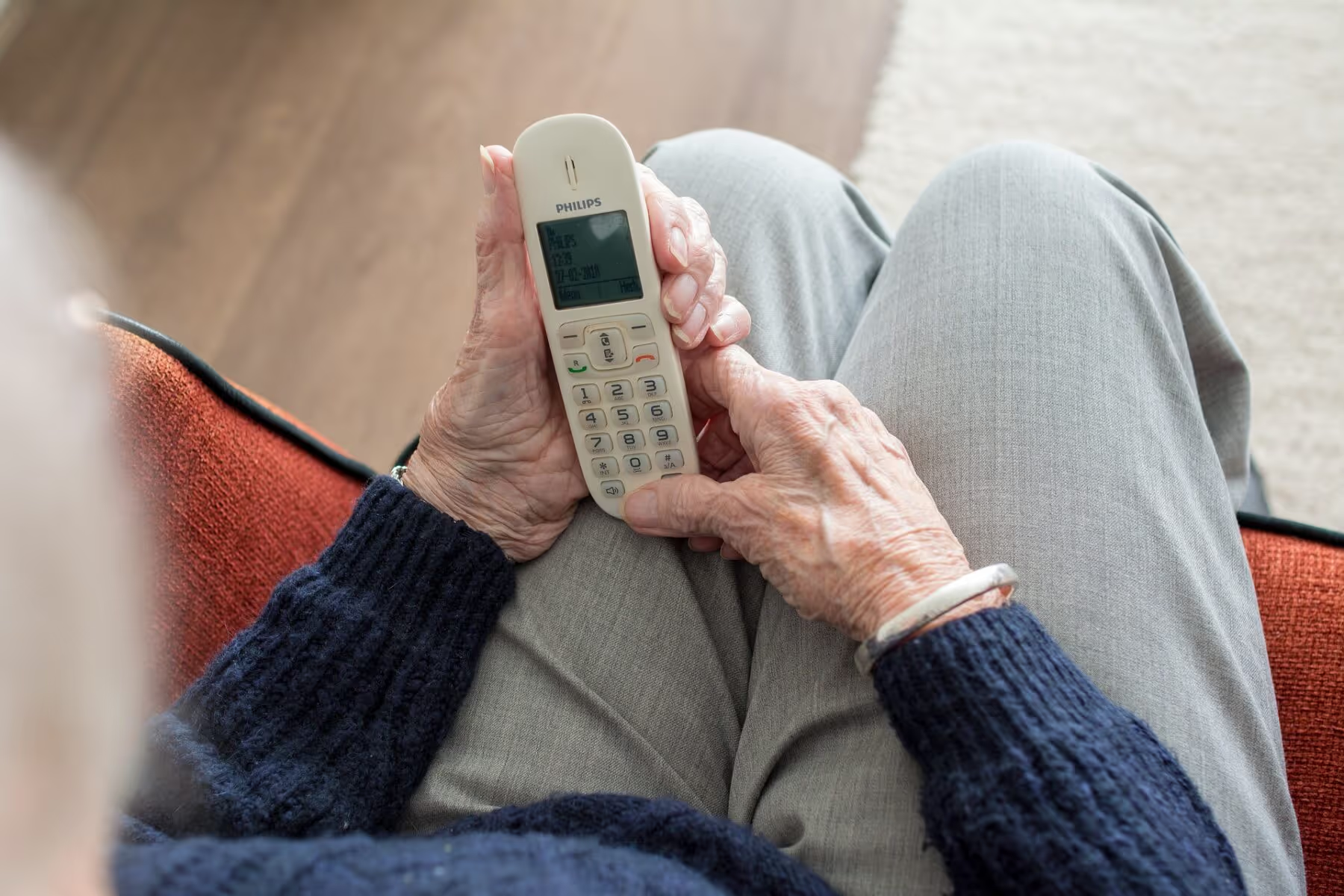



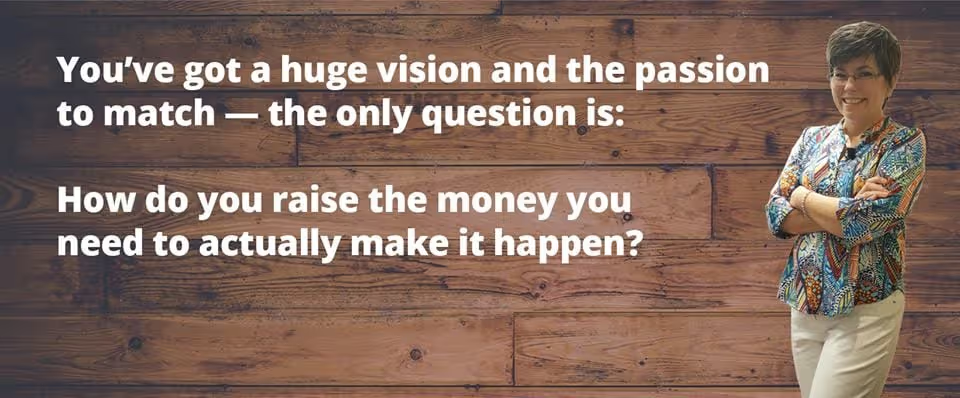















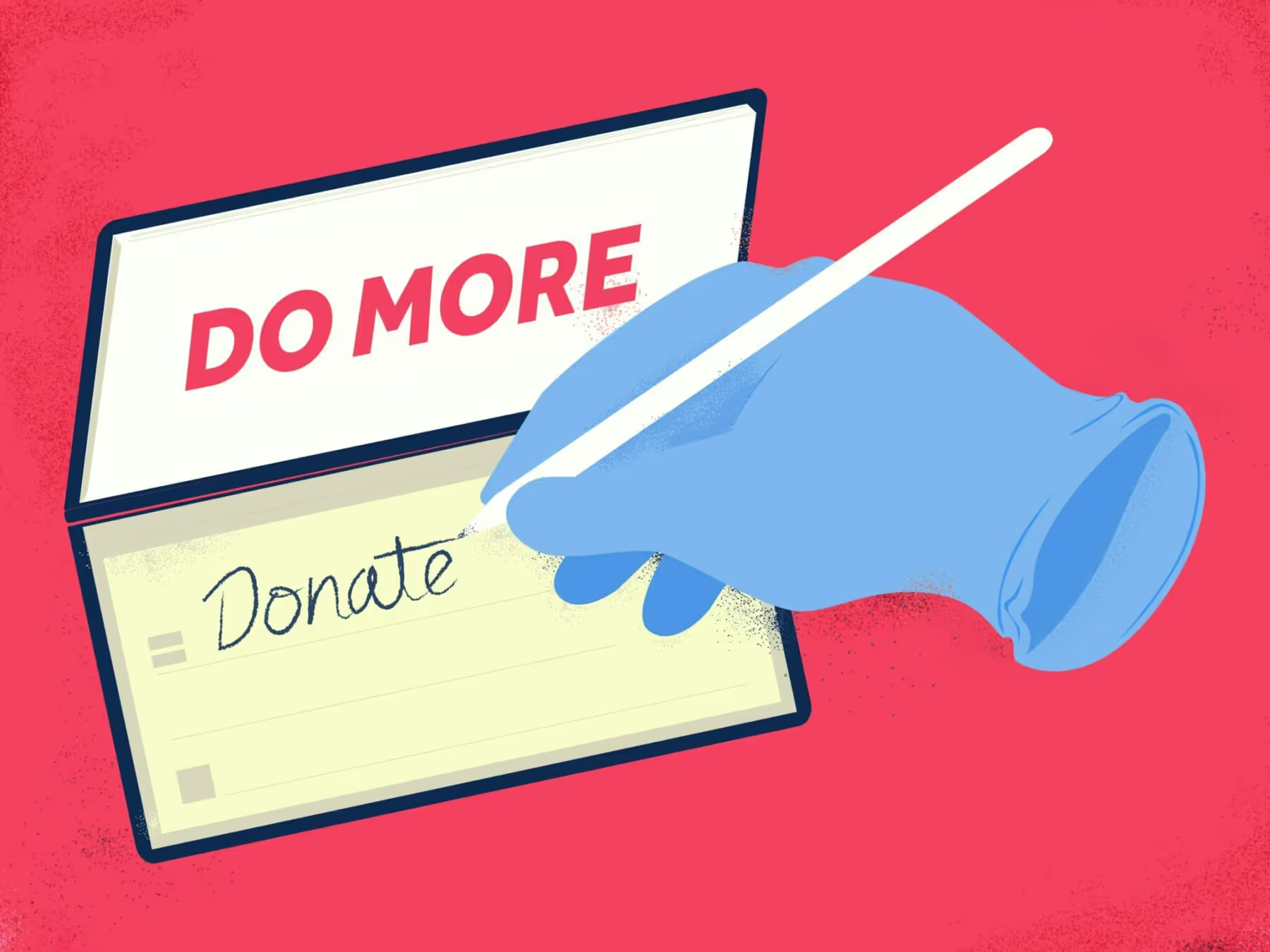



















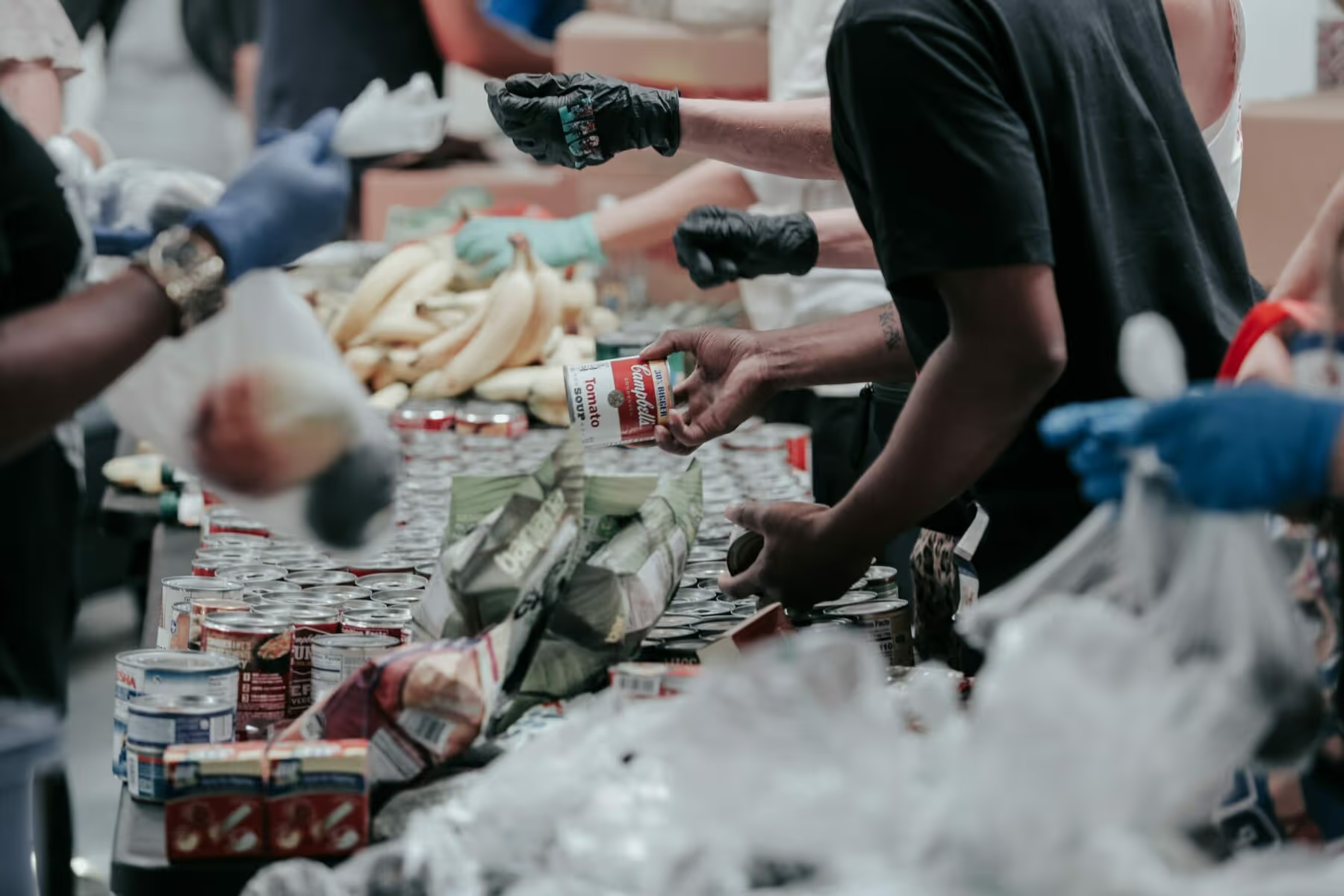



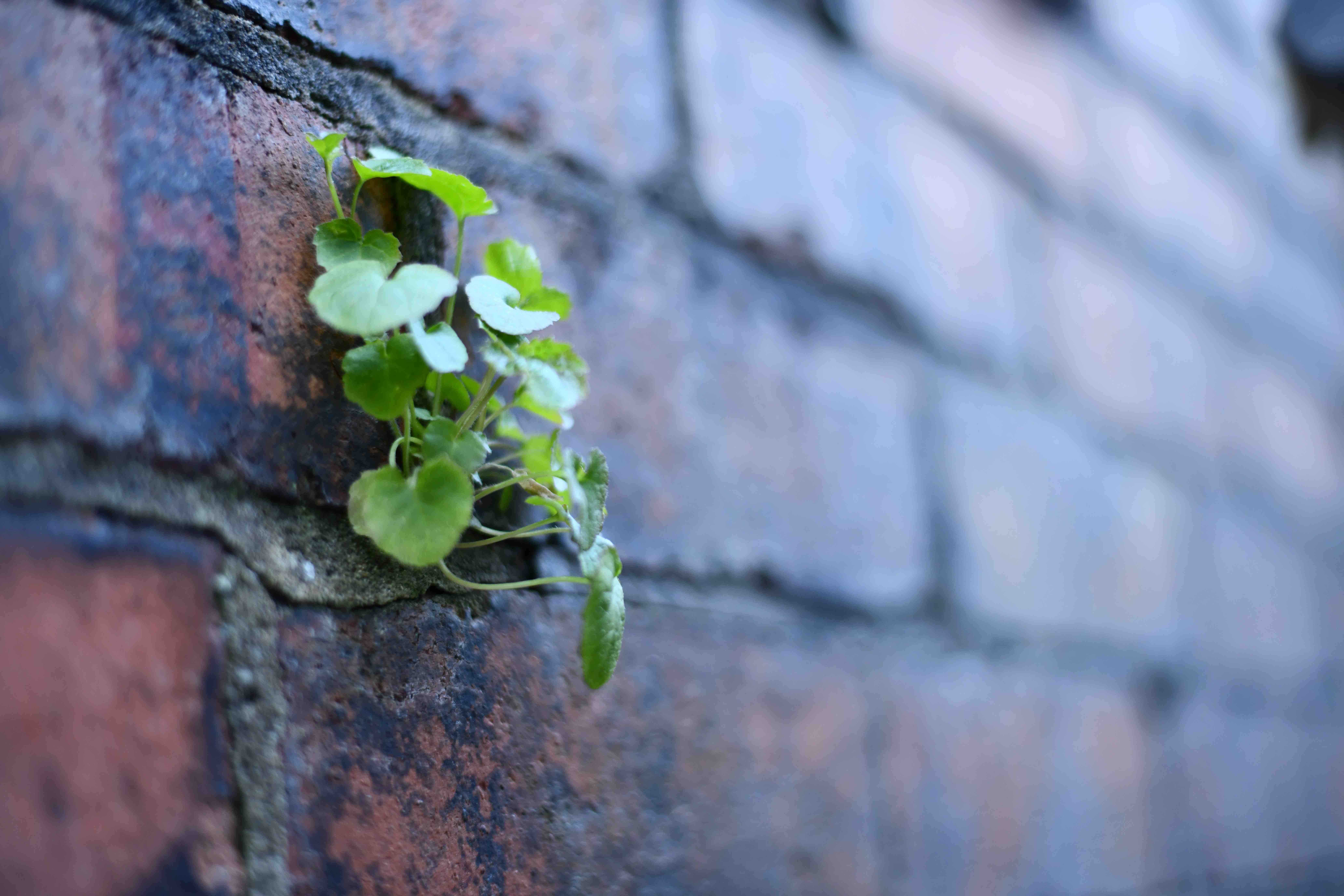

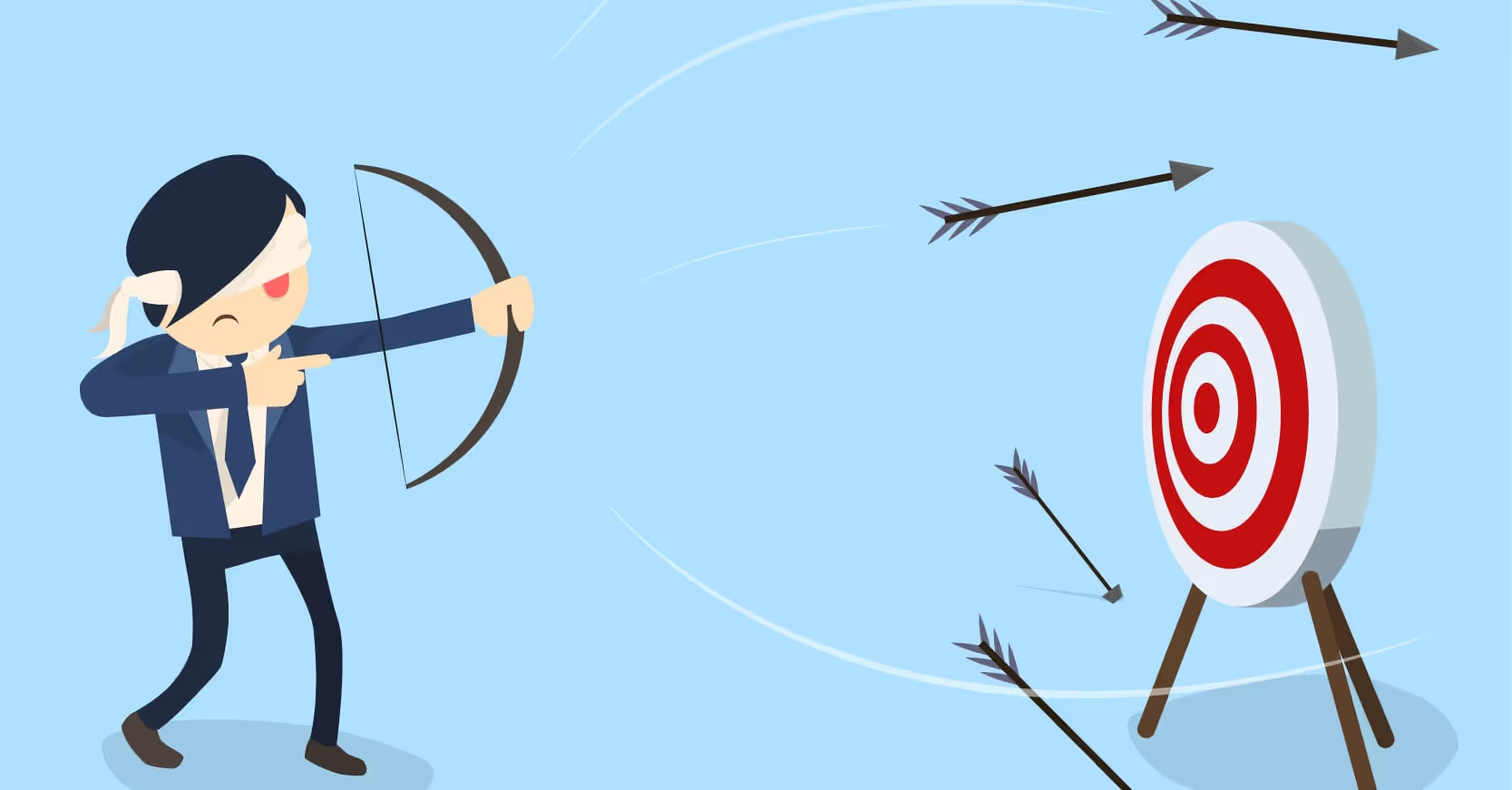



.svg)
.svg)
.svg)
.svg)